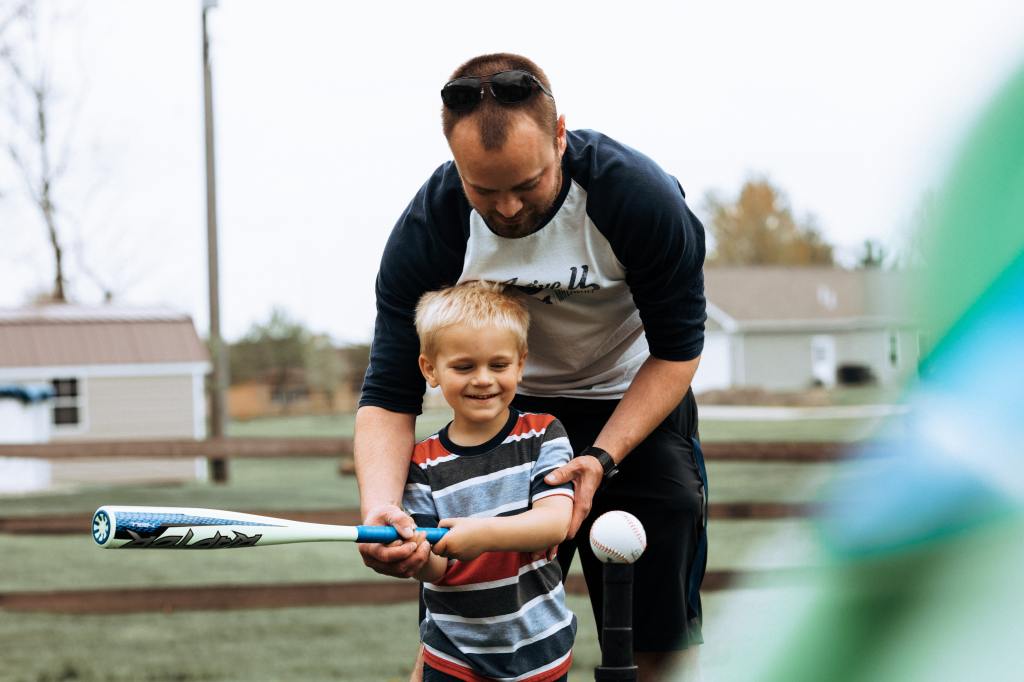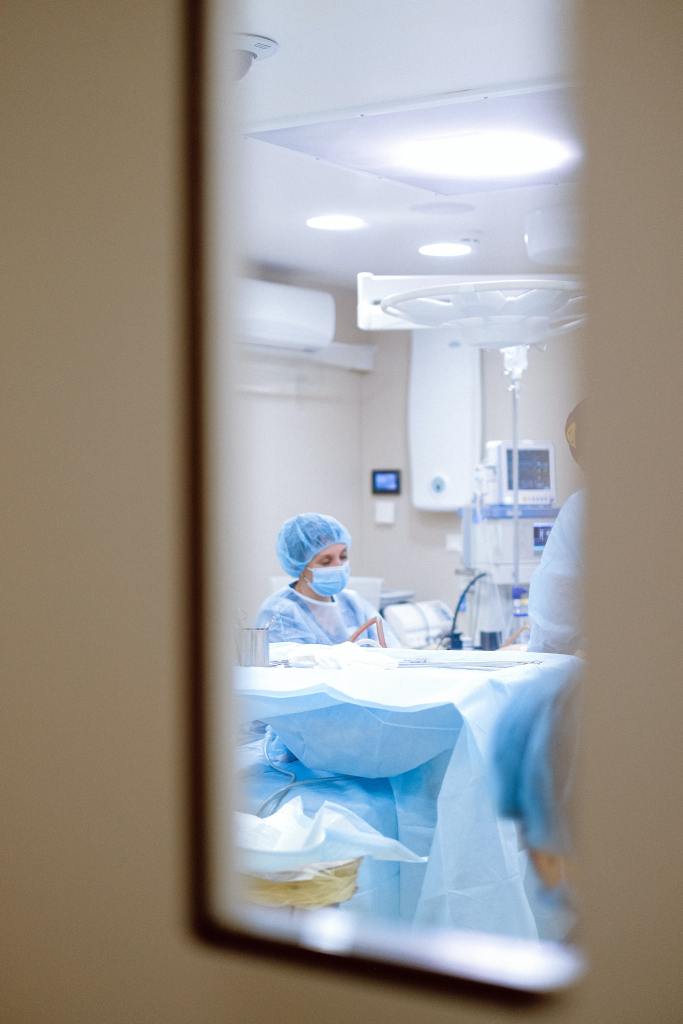
Occupational and preventive health practitioner William D. Jones, MD, serves patients in the Oklahoma City, OK, community. An avid traveler, William D. Jones, MD, of Oklahoma City, OK, has had the opportunity to traverse extended sections of the Camino de Santiago (Way of St. James). This traditional pilgrimage route extends from France’s Basque Country to Santiago de Compostela in Galicia, Spain.
Catholic believers have followed one or more of the Camino de Santiago routes since the 9th century AD. From a spiritual perspective, the journey is seen as a way of seeking forgiveness for sins and paying penance on the way to St. James’ tomb.
A Biblical figure, Saint James (Saint Jacob, Santiago), was originally from Bethsaida in contemporary Israel and is thought to have been the brother of fellow apostle John (some scholars propose that he was also a cousin of Jesus). After having been present at a number of the miracles recorded in the New Testament, Saint James reputedly traveled to Spain. He is said to have sojourned 7 years in Iberia prior to his return to Jerusalem. In AD 44, around Easter, he was the first apostle to enter martyrdom, as King Herod Agrippa ordered him beheaded.
The head is said to be interred at a cathedral in the Armenian Quarter of Jerusalem, while the body of Saint James was transported to the Iberian Peninsula in an angel-guided vessel (notably, this narrative did not circulate until 7the century AD). Whether or not the body was actually delivered and buried in what is now the city of Santiago de Compostela, he is revered as Spain’s patron saint.








